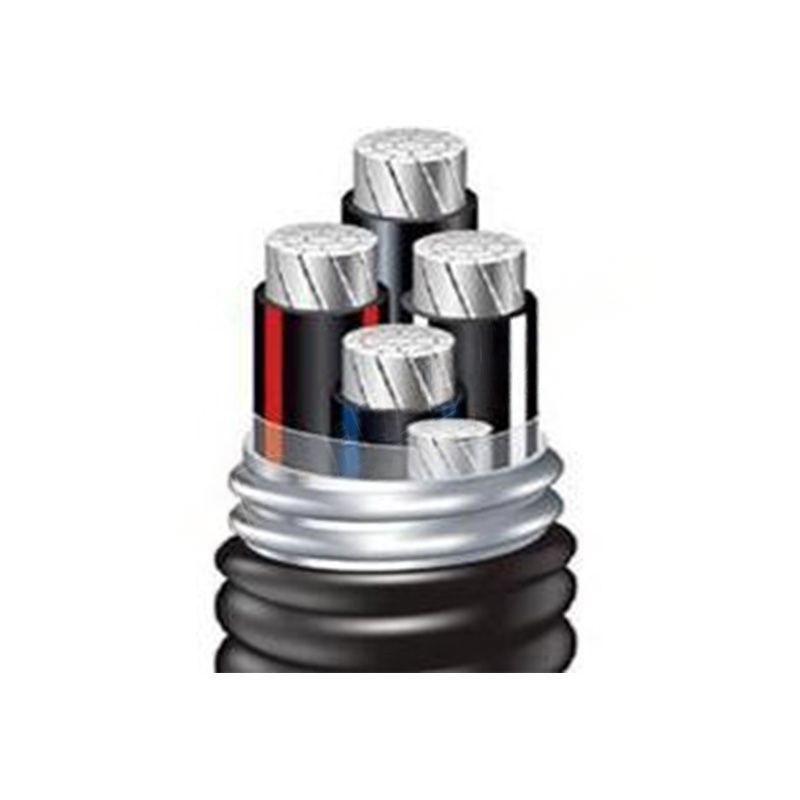Ноя . 15, 2024 16:21 Back to list
rubber expansion joint flange type
Understanding Rubber Expansion Joint Flange Types
Rubber expansion joints are essential components in various piping systems, providing flexibility, vibration absorption, and thermal expansion accommodation. One of the key features of these joints is the flange type, which is crucial for their installation and overall functionality. This article will delve into the different flange types of rubber expansion joints, their importance, and considerations for selection and installation.
What is a Rubber Expansion Joint?
Rubber expansion joints are flexible connectors used in piping systems to absorb movement and stress caused by temperature changes, pressure variations, and mechanical vibrations. Made from durable rubber compounds, they can effectively handle axial, lateral, and angular movements. The expansion joint's design allows for the easy absorption of thermal expansion without compromising the integrity of the piping system.
Importance of Flange Types
Flanges are critical in connecting pipes, valves, pumps, and other equipment. They facilitate the secure attachment of rubber expansion joints to existing systems. The choice of flange type is essential as it affects the joint's performance, ease of installation, and system reliability.
Common Flange Types
1. Flat Face Flange The flat face flange features a flat surface that can be bolted directly to another flat surface. This type is commonly used in applications where the gasket must provide a seal between the flanges. Flat face flanges are typically used for non-metallic and rubber expansion joints because they ensure a proper seal without the risk of leakage.
2. Raised Face Flange Raised face flanges have a protruding area around the central bore, providing additional gasket seating. This flange type enhances the sealing capability, making it suitable for high-pressure applications. Rubber expansion joints with raised face flanges are often installed in systems where maintaining high integrity is critical.
3. Ring Type Joint Flange (RTJ) The ring type joint flange features specially designed grooves that accept metal sealing rings. This type is commonly used in high-pressure and high-temperature applications. RTJ flanges are typically less common for rubber expansion joints, as they may not be compatible with the flexible nature of rubber.
rubber expansion joint flange type

4. Slip-On Flange A slip-on flange is designed to slide over the pipe's end and is then welded in place. This type of flange is popular due to its ease of installation and alignment. Rubber expansion joints with slip-on flanges can streamline the installation process, especially in tight spaces.
5. Weld Neck Flange The weld neck flange is created with a long neck that gradually transitions to the flange. This type provides excellent integrity and strength for high-pressure applications. When used with rubber expansion joints, weld neck flanges offer enhanced durability, particularly in severe operating conditions.
Considerations for Selection and Installation
When selecting a rubber expansion joint with a specific flange type, several factors must be taken into consideration
- Pressure and Temperature Rating Ensure the flange and rubber expansion joint can handle the prevalent operating conditions within the system.
- Compatibility The flange type must align with the neighboring components in the piping system to maintain a secure and leak-free connection.
- Application Specifics Consider factors such as movement characteristics, installation space limitations, and potential vibration issues prevalent in the specific application.
- Installation Technique Pay attention to proper installation techniques, including alignment, bolting patterns, and torque specifications, to prevent premature failure.
Conclusion
Rubber expansion joint flanges play a vital role in the overall performance and reliability of piping systems. By understanding the different flange types and their unique characteristics, engineers and technicians can select the appropriate expansion joint for their specific applications, ensuring efficient operation and longevity of the system. Proper installation and maintenance will further enhance the effectiveness of these vital components in managing thermal expansion and mechanical stress.
Share
-
Reliable Wafer Type Butterfly Valves for Every IndustryNewsJul.25,2025
-
Reliable Flow Control Begins with the Right Ball Check ValveNewsJul.25,2025
-
Precision Flow Control Starts with Quality ValvesNewsJul.25,2025
-
Industrial Flow Control ReliabilityNewsJul.25,2025
-
Engineered for Efficiency Gate Valves That Power Industrial PerformanceNewsJul.25,2025
-
Empowering Infrastructure Through Quality ManufacturingNewsJul.25,2025